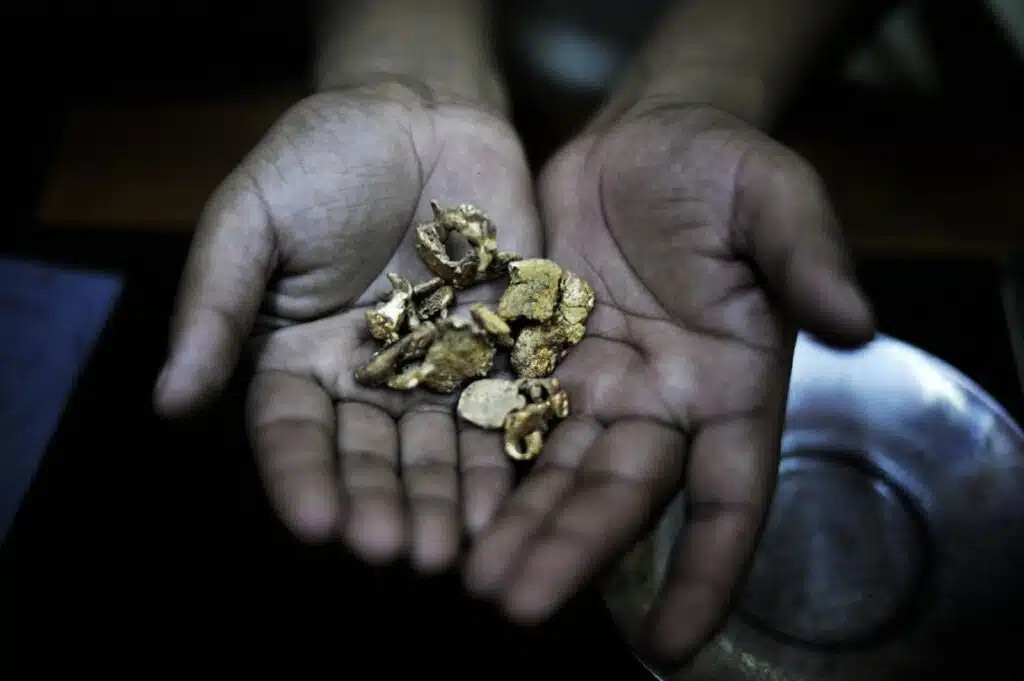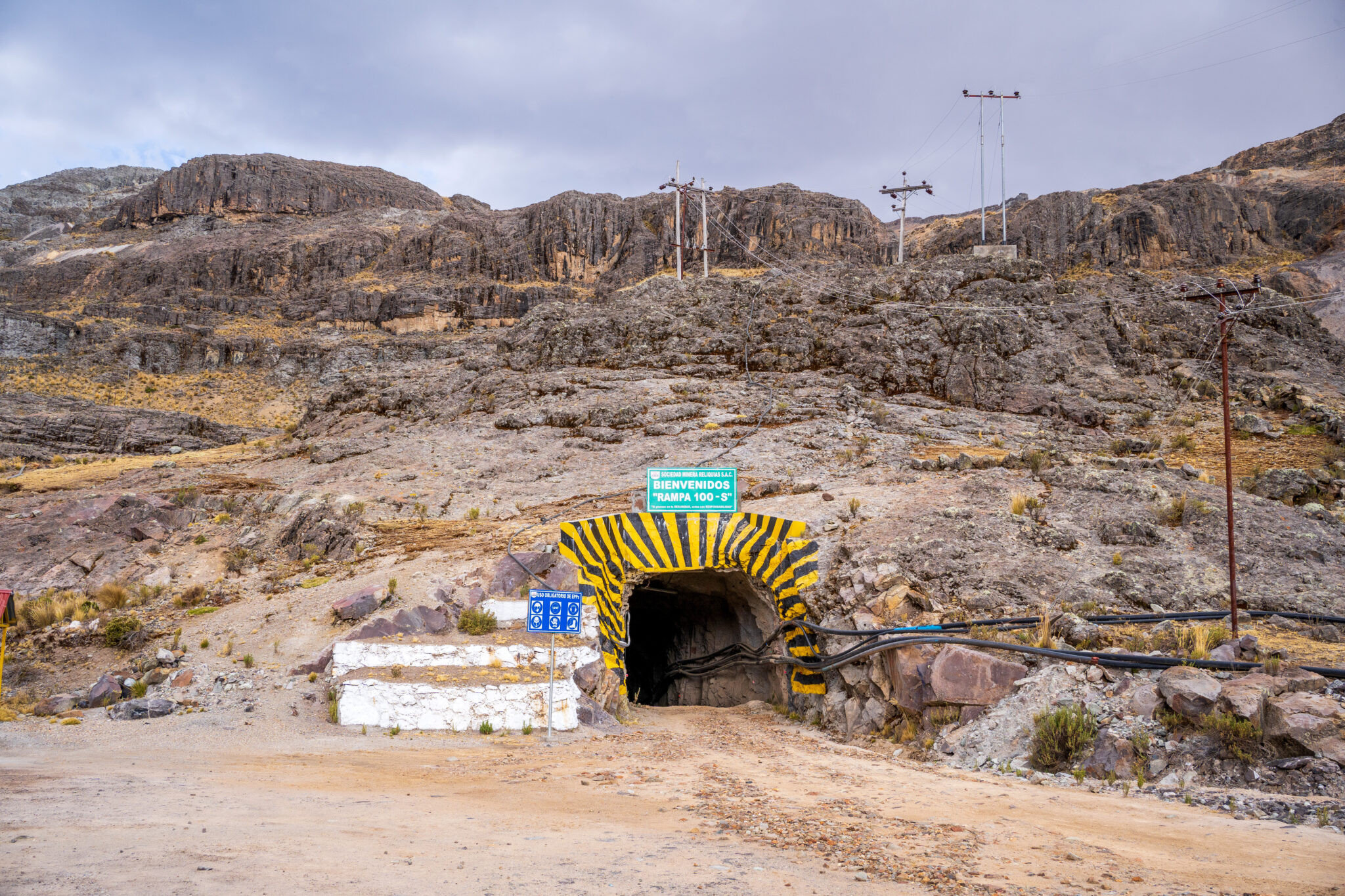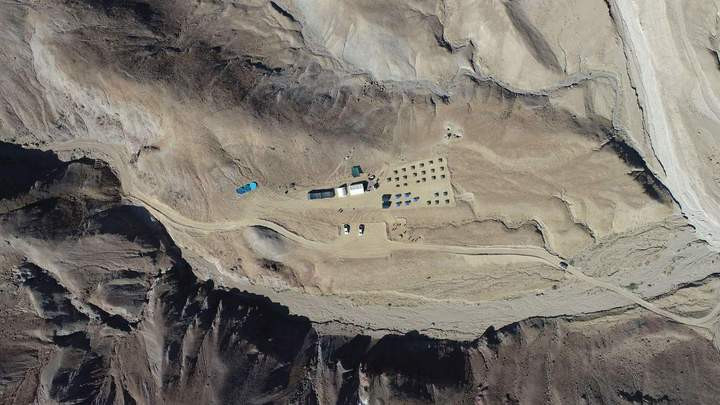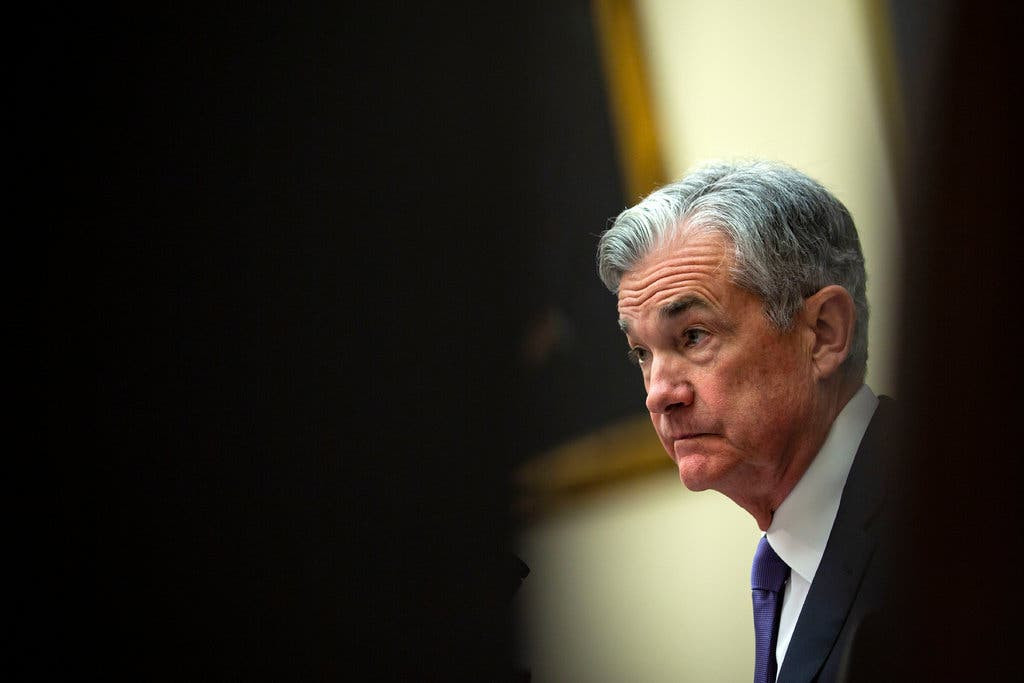Peru remains an attractive place for mining despite a recent loss of competitiveness, but the country must take advantage of this potential while copper is in high demand. The country is not only one of the main producers of metals such as copper and tin but also has some of the lowest cash costs in the world. However, the total area explored is still small compared to competitors such as Chile and Australia, according to Diego Macera, director of Peruvian economics think tank IPE and member of the central bank's board of directors.
Macera told the Expomina 2024 event in Lima that, while other countries explore and extract minerals in known territories using more advanced and expensive techniques, Peru can continue to produce at low cost because there is still a lot of material to extract cheaply.
“Even if the copper price were to go down – which is unlikely – most projects in Peru would remain competitive, which is not necessarily the case in other countries,” says Macera. According to the executive, cash costs of copper in Peru are a little less than US$1/lb while the global average is over US$1.25/lb.
As for exploration, Macera says that while Peru is in third place in copper reserves, so far it has not explored much in terms of depth. According to the IPE, the country is the main producer of zinc, tin and lead in Latin America, and second in the production of gold, copper, silver and molybdenum.
The Challenges of Peru's Mining Industry
While these structural factors will keep the country attractive despite disadvantages on other fronts – obtaining permits, social conflicts, average time to launch a project – the risk is that Peru will not take advantage of the copper boom and a substitute will eventually be found, leaving the country once again with an untapped primary export product.
According to Macera – citing the Fraser Institute's competitiveness index – from having been better than 83% of the mining countries in the ranking and being one of the most attractive in 2014 (with US$8.5bn in mining investments), at the end of 2023 it was only better than 30% and received just US$4.715bn last year.
“The fact that we mobilized almost US$8.5bn 10 years ago means that it’s not impossible, that there is economic space to do it, and today we should have an equal or greater capacity to move such amounts,” Macera said.
Although a substitute for copper is still far from being found, Peru has to take advantage of the boom and not keep a large part of the minerals underground, he argued. “The energy transition process will last a while, but it’s not infinite. If you look at all the previous processes, eventually substitutes are found and the high prices trigger investments to replace them,” Macera said.
APEC's Role in Sustainable Mining
At the 2024 High-Level Dialogue on Mining chaired by Peru's Minister of Energy and Mines, Rómulo Mucho, officials discussed key challenges and opportunities in the mining sector, with a particular focus on innovation, inclusivity and the critical role of minerals in a low-carbon future.
“Mining has been an economic cornerstone for Peru and many of the economies represented here,” Minister Mucho said. “Throughout history, it has been a driver of growth and development, creating employment, generating tax revenues and significantly contributed to the trade balance.”
“Additionally, mining is crucial in transitioning toward a greener and more sustainable economy by providing essential minerals for clean technologies such as renewable energy and energy mobility,” Minister Mucho added.
A key focus of the dialogue was how the mining sector can contribute to the energy transition. As major producers and consumers of these minerals, APEC economies have a unique responsibility to lead global efforts in ensuring a sustainable supply chain for these resources.
Officials shared insights for leveraging science and technology to enhance the efficiency of mining operations while reducing environmental impacts. The discussion underscored the importance of government incentives in encouraging companies to adopt innovative and sustainable practices, which will contribute to a cleaner, safer mining industry.
The Path Towards Sustainability
Minister Mucho also emphasized the significance of promoting sustainable investment, driving innovation in the mining industry and addressing the challenges associated with artisanal and small-scale mining, stressing that these areas are crucial to ensure that the mining industry contributes positively to APEC economies.
Ministers acknowledged the need to integrate artisanal and small-scale miners into the formal economy and explored successful policies that promote corporate social responsibility within the mining industry, particularly in empowering women and engaging local communities.
“As the world moves toward greener economies, mining needs to continue to adapt to the new demand for sustainable practices,” said Dr Rebecca Sta Maria, the executive director of the APEC Secretariat.
“The global mining industry has experienced significant supply chain disruptions in recent years and these disruptions have affected the production and transportation of resources that are essential for industries like renewable energy and digital technologies,” Dr Sta Maria added. “The challenge is ensuring a secure, reliable, and sustainable supply of these resources to fuel the global energy transition.”
“This dialogue provides an invaluable opportunity for APEC to reaffirm its position as a dynamic platform for economies to share experiences, best practices and lessons learned in the mining sector, enabling us to collectively explore ways to maximize the benefits of mining activities while minimizing its environmental and social impacts,” Minister Mucho concluded.
“Through cooperation and knowledge exchange, we can tackle global challenge, ensuring that mining positively contributes to sustainable development.”
The Future of Peruvian Mining
Peru's mining industry is at a crossroads. With the potential to capitalize on the copper boom, the country must address the challenges that have hampered its progress in recent years. This includes streamlining permitting processes, addressing social conflicts, and investing in innovation and sustainability. The future of Peruvian mining depends on its ability to adapt to the evolving global landscape and harness its potential for sustainable development.



















